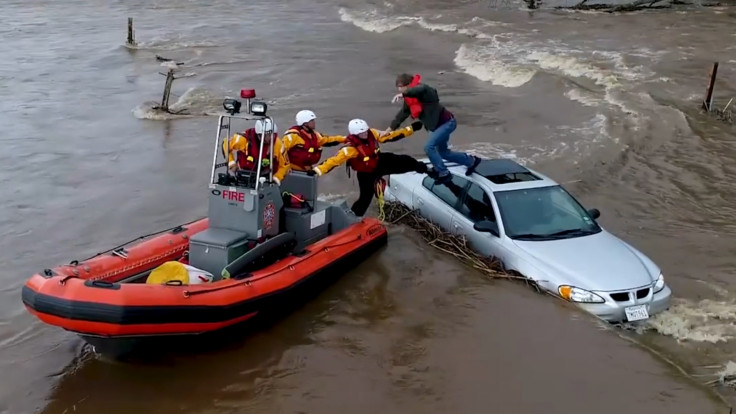Flood-resistant crops may be a reality soon: Study
Scientists are working on using the water-resistant gene in rice, for other crops.
With climate change affecting the world with increased flooding due to higher sea levels, it has become the ultimate priority to safeguard its food source – its crops. Currently there is only one crop that can withstand and in fact, grows in a large quantity of water –rice. But that may be about to change.
A new study that was published in the Science Journal on Thursday aims to use the genealogy of rice and compare it to other crops. The researchers found that some plants including a species of wild tomato and one similar to the alfalfa fruit shared at least 68 genes with rice which make them resistant to flooding.
"We hope to take advantage of what we learned about rice in order to help activate the genes in other plants that could help them survive waterlogging," Julia Bailey-Serres, lead author of the study and professor of genetics at the University of California, Riverside stated in the publication.
Rice was itself domesticated from a similar wild species which grew in tropical regions where it had to adapt to regular flooding due to monsoons and waterlogging. The genes created from this evolution are also present in other plants, but only in rice they are activated when the roots are flooded.
The team examined cells that are present at the tips of the roots of rice, which are the first responders when flooding happens. They are also the part of the plant where its growth potential is present. The team examined these cells and analysed how they responded when they were covered with water and deprived of oxygen.
In particular, they looked at how DNA instructs a cell to create a stress response in such a situation. They found flooding adaptations called submerge up-regulated families (SURFs). When evolution separated the ancestors of rice and other species 180 million years ago, rice retained the maximum SURFs. The researchers found that some plants shared as many as 68 SURFs with rice.
Rice has the best SURFs response, while other plants which shared these qualities did not have similar qualities.
The team is now researching how to improve the SURFs response and creating plants that withstand submergence.

© Copyright IBTimes 2025. All rights reserved.




















